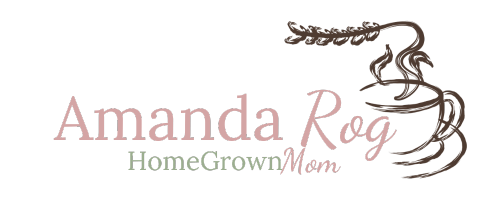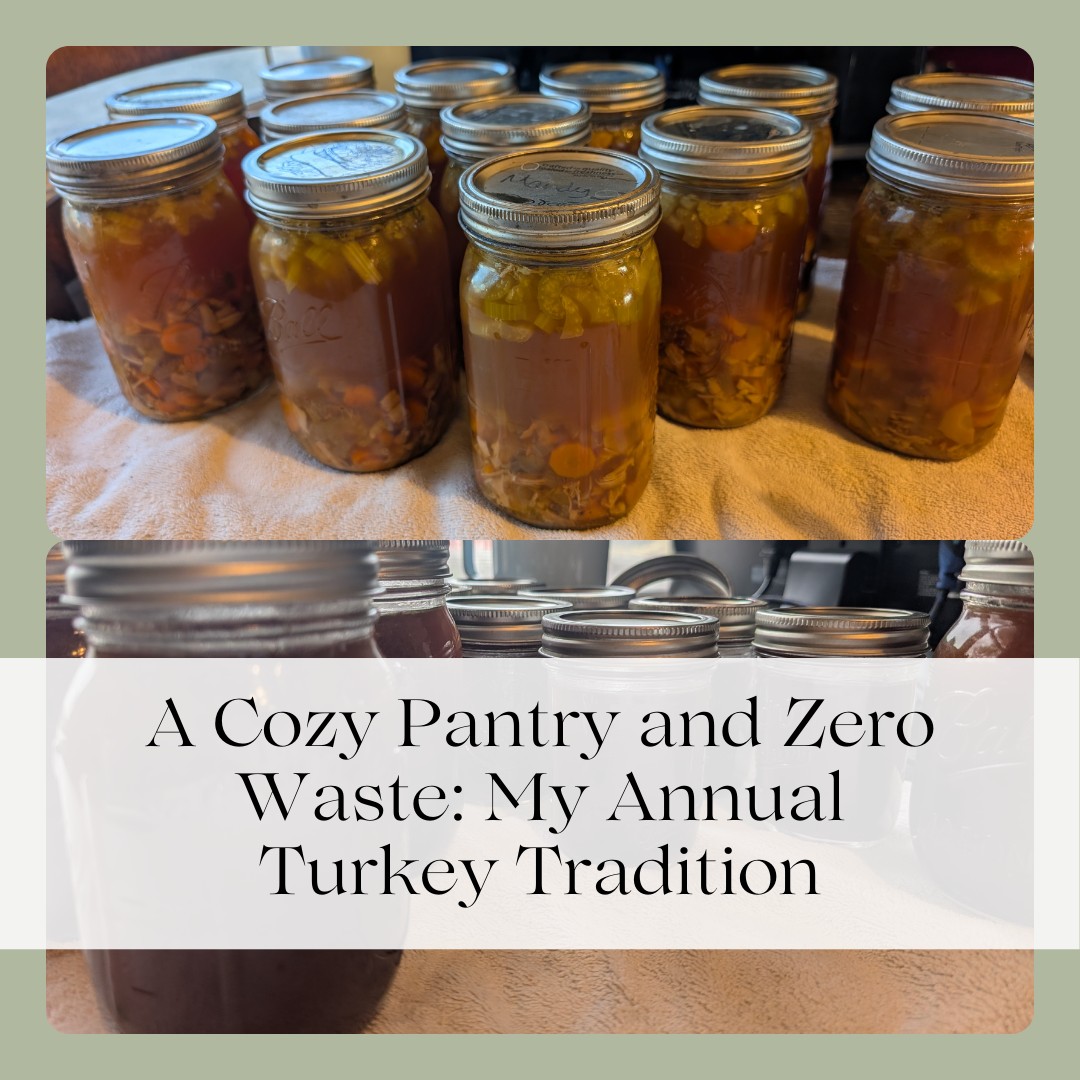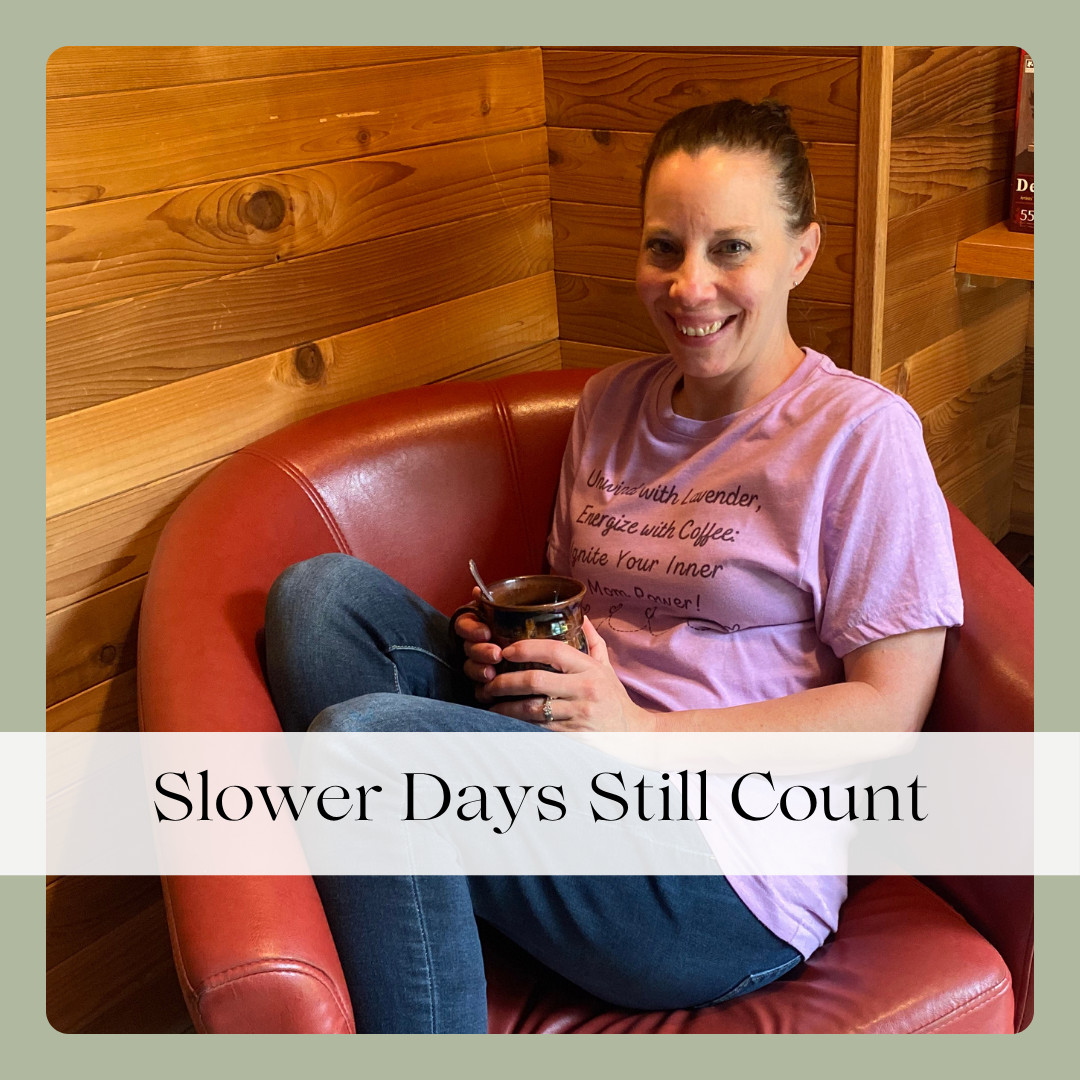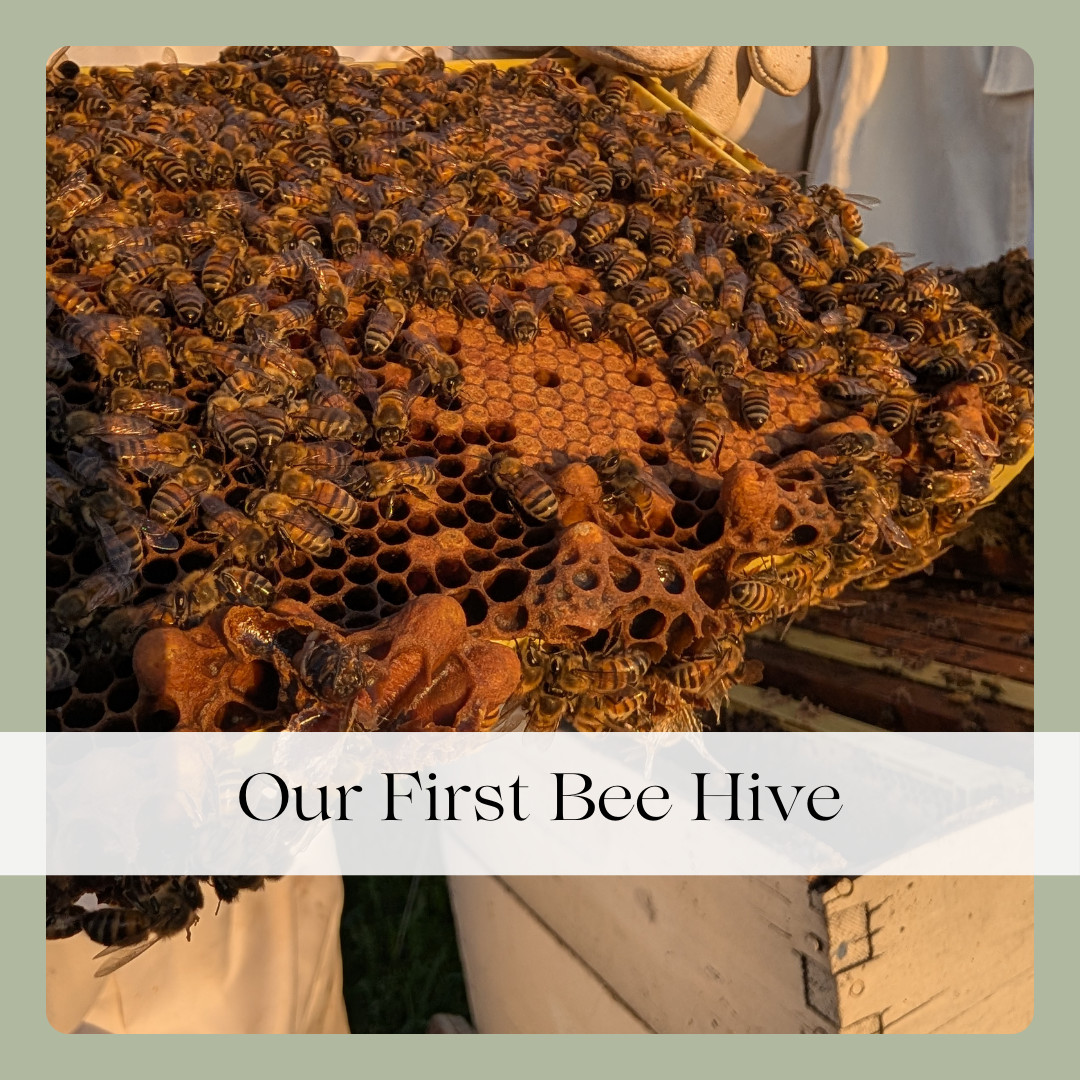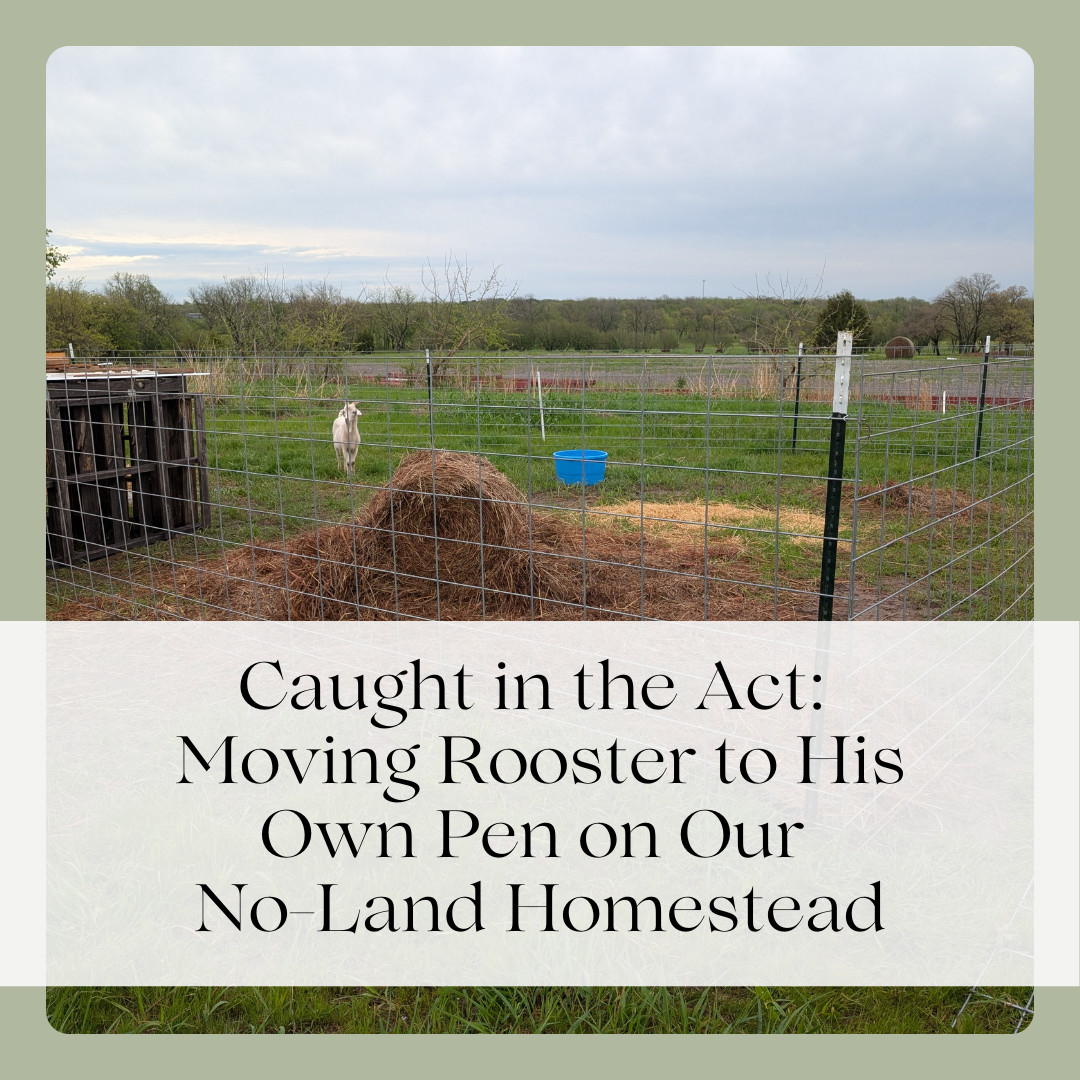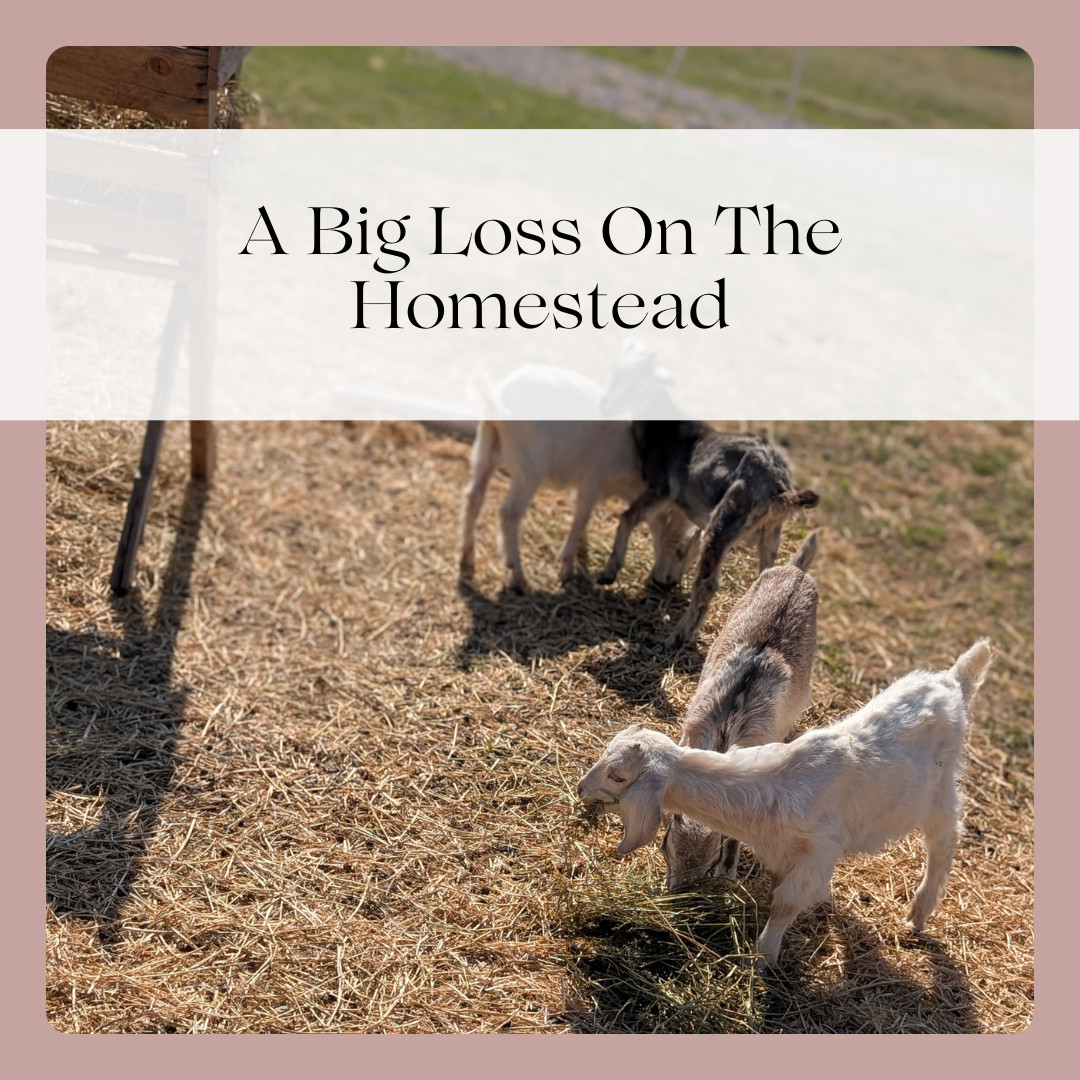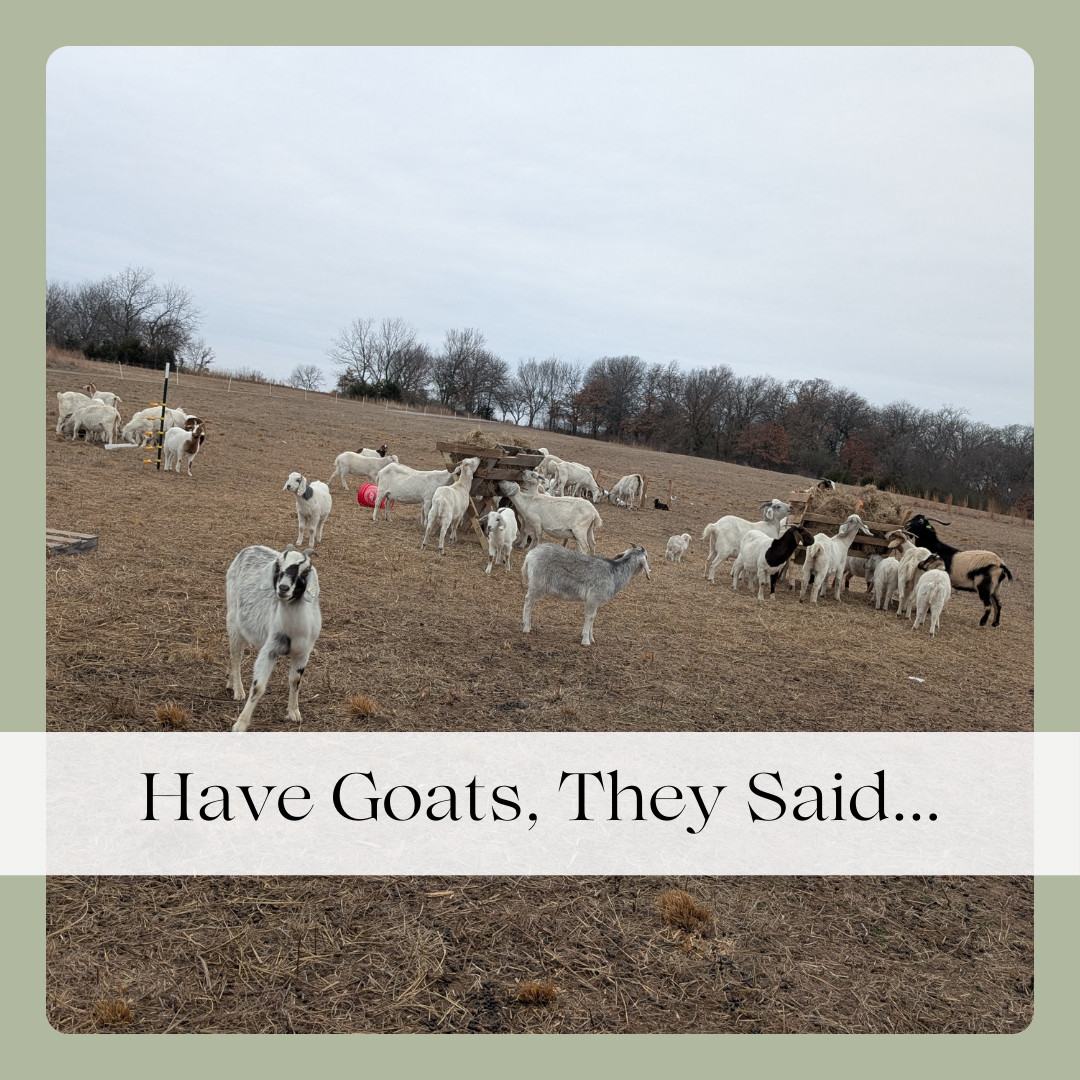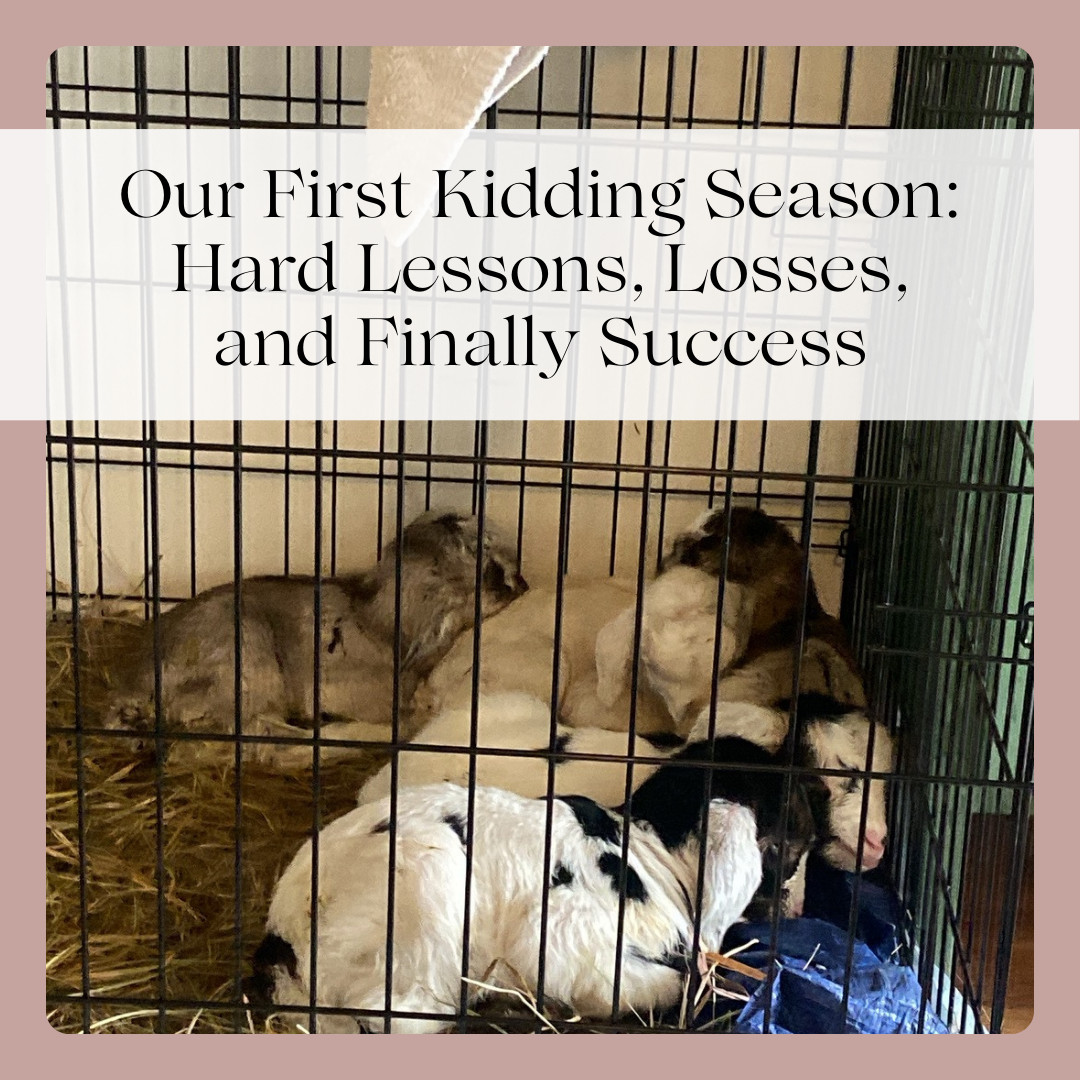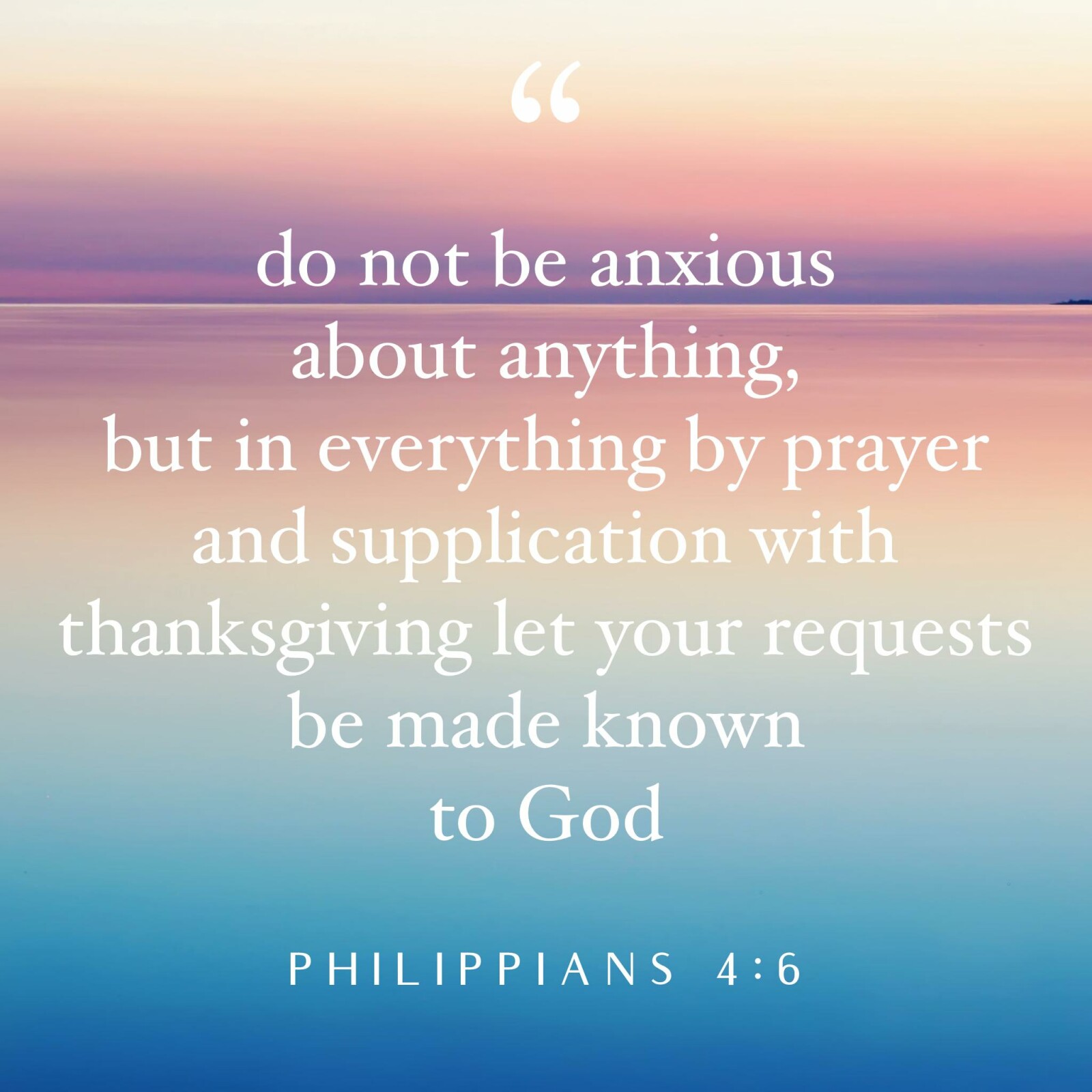
If you’re walking this same journey of homemaking, decluttering, and creating a peaceful, faith-filled home, you’re not alone.
I’d love to share encouragement, simple living inspiration, and homestead wisdom with you — right to your inbox.
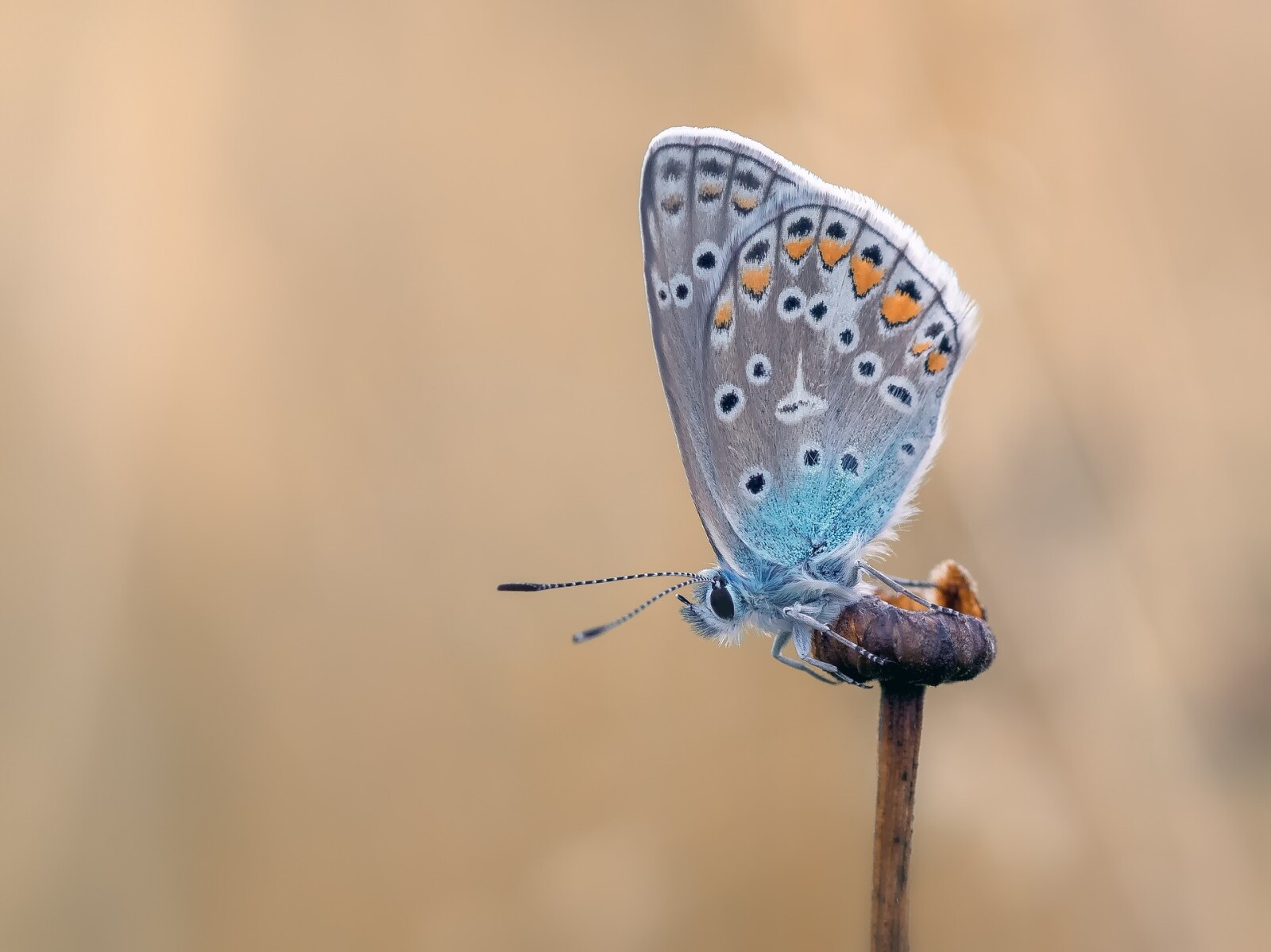
If you’re walking this same journey of homemaking, decluttering, and creating a peaceful, faith-filled home, you’re not alone.
I’d love to share encouragement, simple living inspiration, and homestead wisdom with you — right to your inbox.
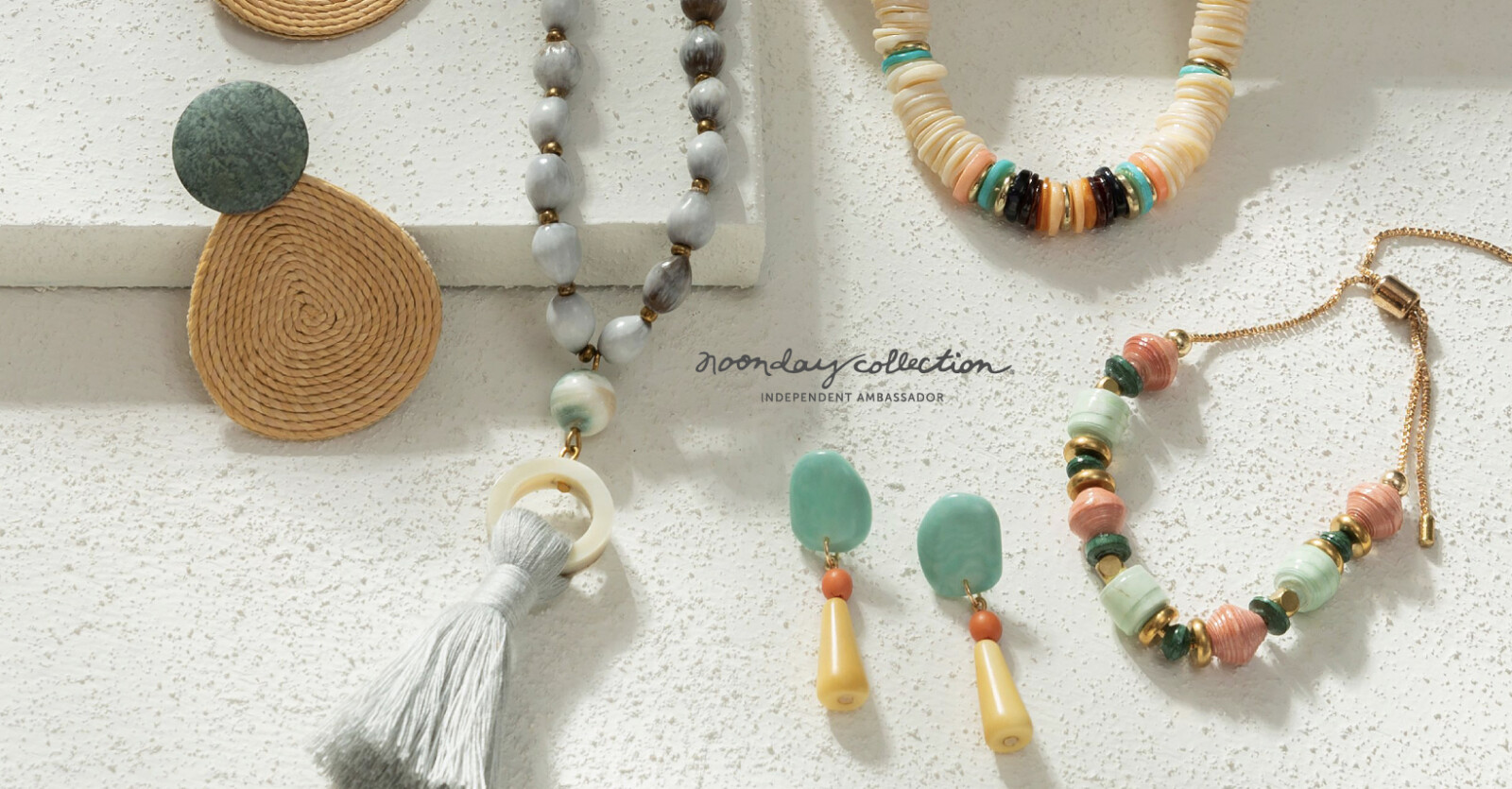

If you’re walking this same journey of homemaking, decluttering, and creating a peaceful, faith-filled home, you’re not alone.
I’d love to share encouragement, simple living inspiration, and homestead wisdom with you — right to your inbox.

If you have seen much of my blog, you’ll know that I love essential oils. One of the main ones that got me hooked was lavender. Not only did it help us with our seasonal allergies, it is also known as the swiss army knife of essential oils. Any time we have a bite, wound, or burn, we reach for the lavender. It is great for the skin and is also widely known to be a calming scent. We use it in our diffuser every. single. night. It is also one of the main essential oils we use in the Aroma Freedom Technique. You can read more about that here.
As you can see, lavender has quite the roll in my family. We always have it on hand ready to use. And after being to the lavender farm in Mona, let me tell ya, it’s quite the site to see and it smells amazing!
Coffee
If you’re walking this same journey of homemaking, decluttering, and creating a peaceful, faith-filled home, you’re not alone.
I’d love to share encouragement, simple living inspiration, and homestead wisdom with you — right to your inbox.
You may have noticed that I use essential oils in a lot of my recipes, tips, and daily life. How did I choose which essential oils to use? Why did I choose this brand? I’m glad you asked!
Before deciding on which brand to use I had dabbled with various brands, never quite achieving the desired results. After being introduced to Young Living, I saw almost immediate results for one thing after another. During the first month alone the 11 (at the time) essential oils that came in my premium starter kit had helped over 20 different things we had been dealing with. I was not only amazed, but I realized right then and there that this was the best of the best!
Top 5 reasons I love Young Living
Here are the top 5 reasons I truly believe Young Living is the best of the best:
1. Young Living is the only essential oil company that owns their own farms or partners with other farms who also live up to their standards for growing, harvesting and distilling.
2. Young Living has a Seed to Seal program, which allows them to deliver pure, authentic essential oils and essential oil-infused products that you and your family can use with full peace of mind. There are three pillars in seed to seal, Sourcing, Science, and Standards. Read more about it here.
3. Anyone can visit the Young Living farms around the globe and participate in the harvest & distillation process. This is an amazing experience! No other essential oil company owns their own farms and can offer this opportunity.
4. There are no minimum sales or purchase requirements for Young Living members. Ever. The only thing you have to do to keep your membership active is to place $50 in orders per year. I have never been a part of another company like this who did not require a monthly purchase.
5. Last but not least, our team offers amazing support! We offer a reference guide (with tips on how to use it), educational classes, and an exclusive facebook group that offers lots of support and community. Join our team here!
If you’re walking this same journey of homemaking, decluttering, and creating a peaceful, faith-filled home, you’re not alone.
I’d love to share encouragement, simple living inspiration, and homestead wisdom with you — right to your inbox.
